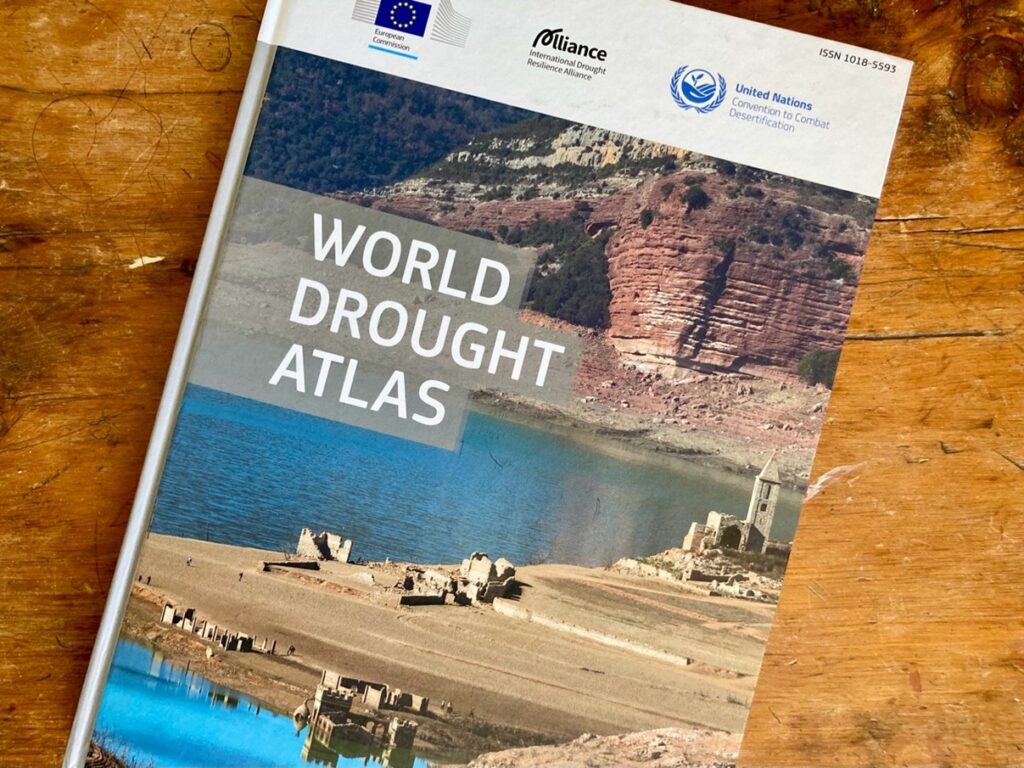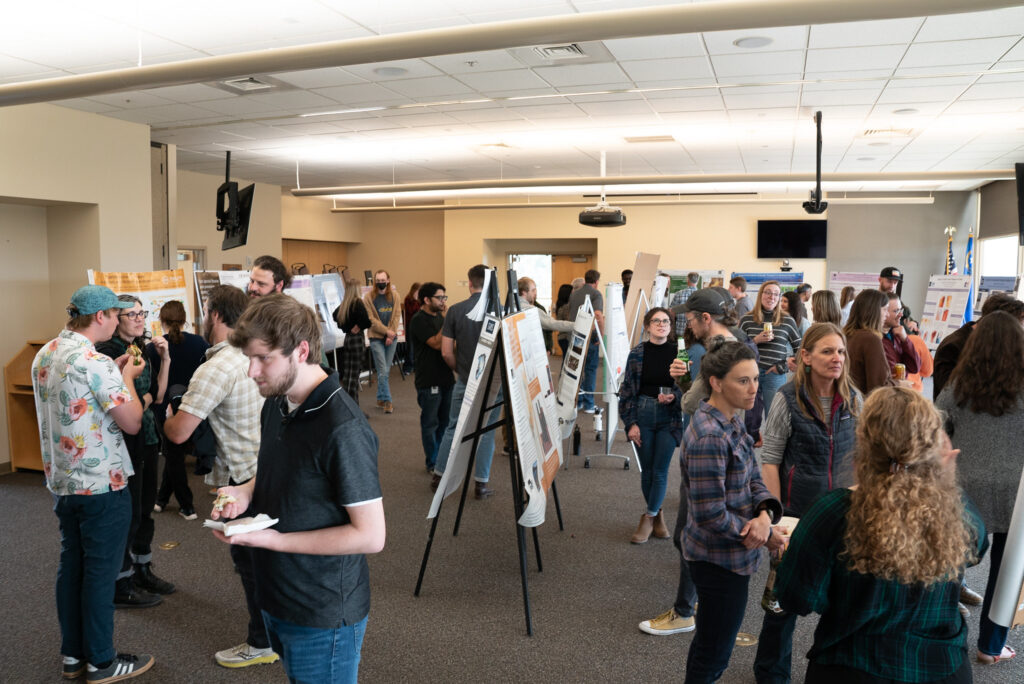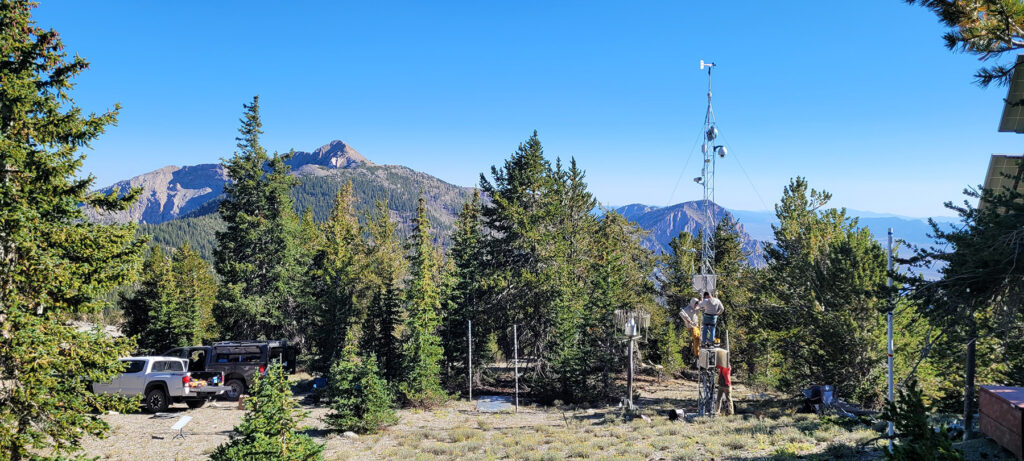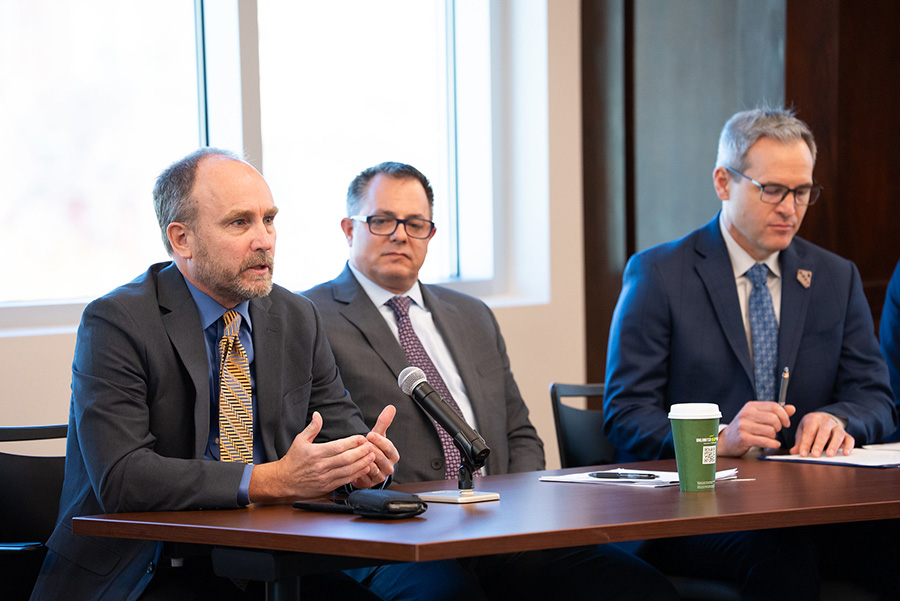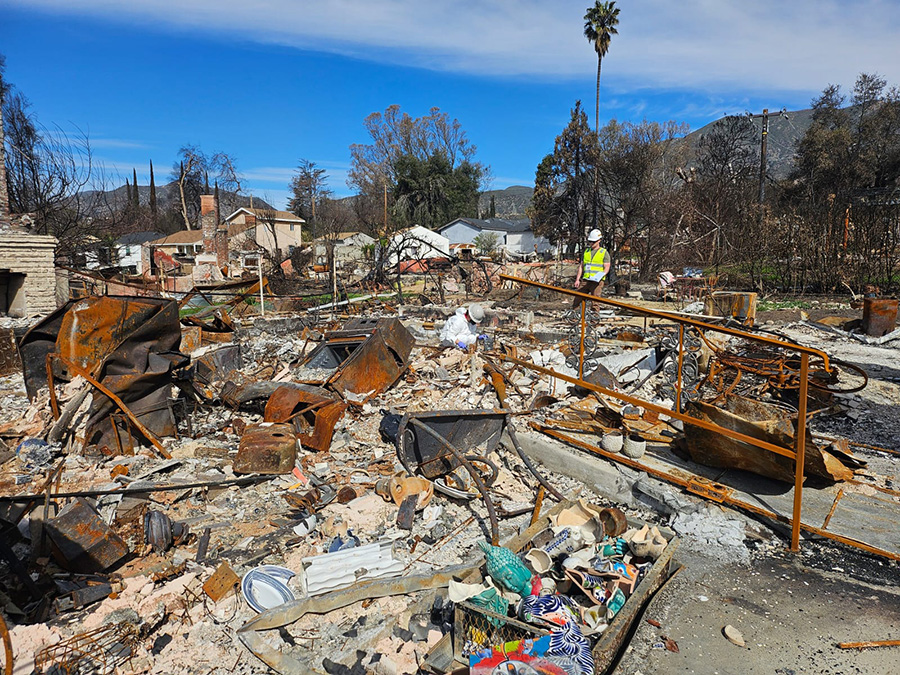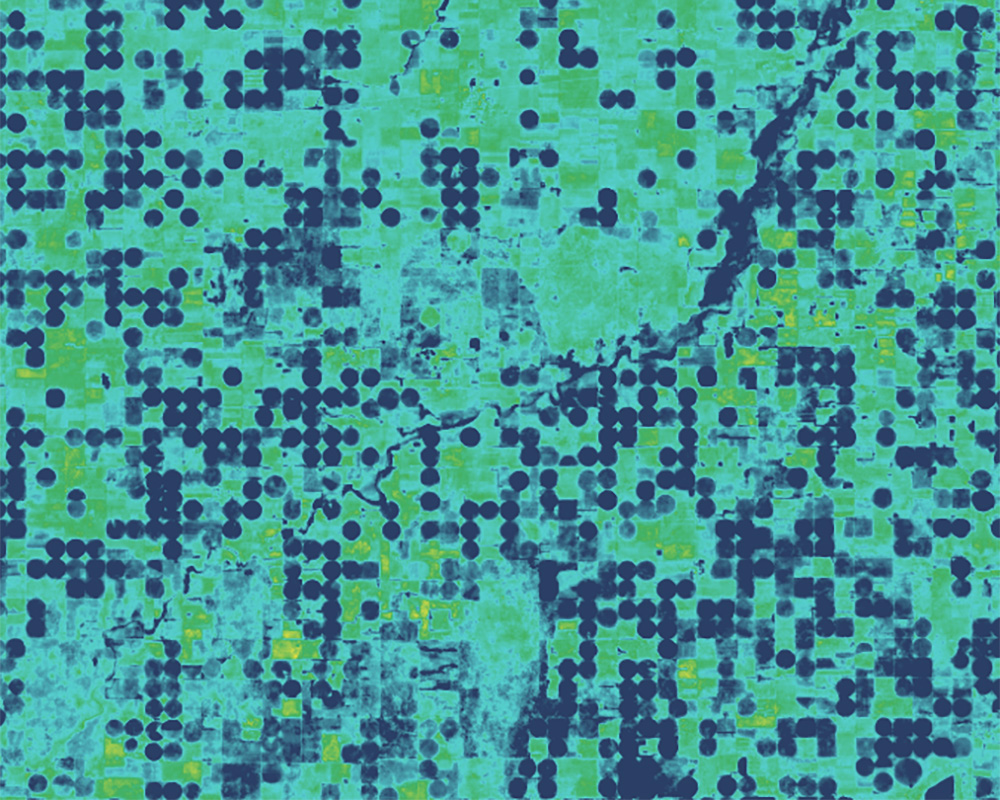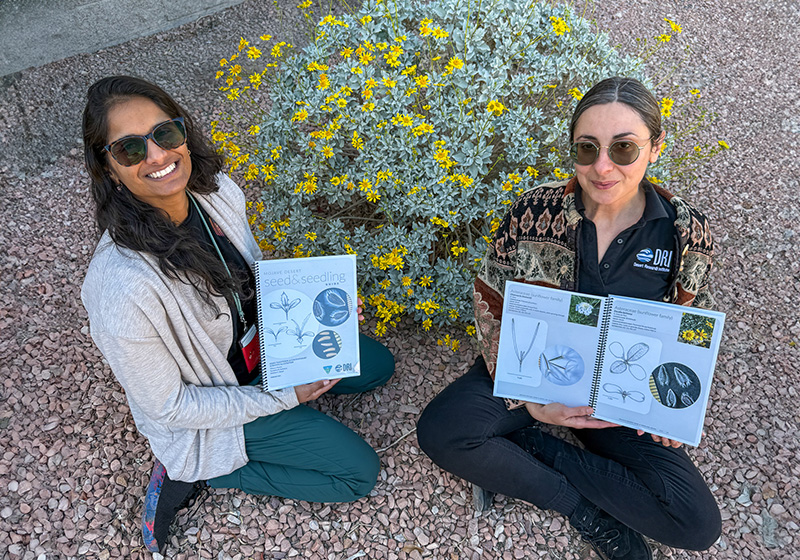Native Waters on Arid Lands project featured in World Drought Atlas
DRI’s Native Waters on Arid Lands project was recently featured in the 2024 World Drought Atlas, a 175-page hardcover reference book for decision-makers detailing drought impacts and adaptation solutions from around the world.
